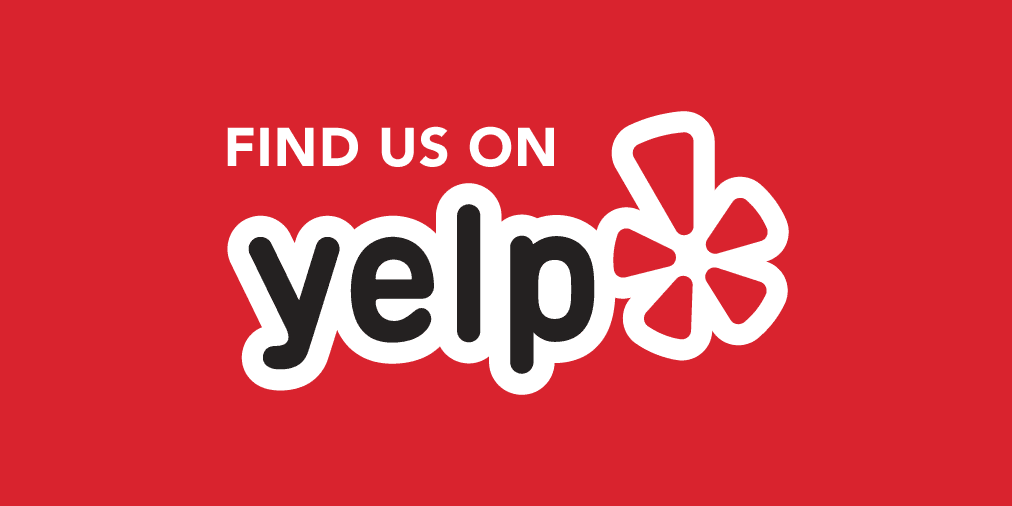
Do you ever pay it forward? Many of us were introduced to the idea in the famous Pay It Forward movie from the year 2000, staring Kevin Spacey, Helen Hunt, and Haley Joel Osment. If you haven’t watched the tear jerker, here is the main idea: A young child wanted to find a way to help people for a school project. His idea was to get people to “pay it forward.” In order to do so, people who received help from another person would help someone else in need, thus propagating the energy forward to someone else. However, the idea didn’t die with Haley Joel Osment’s acting career.
The idea has spread to Starbucks locations across the country. As it turns out, people like to spread the cheer to those behind them at the drive through by paying for a drink for the driver behind them. The people who received a free drink are then more likely to “pay it forward” to those behind them as well. Because of the popularity of this phenomenon, the “Pay it Forward” line can span hundreds of people over a period of hours. The action is intended to encourage people to spread the cheer to others.

However, not all people are on board. Peter Schorsch, a blogger from St. Petersburg, Florida, decided to end the “Pay it forward” chain of 458 people. Before we condemn him for being a party pooping wet blanket, we should mention that he did give the barista a $100 tip. Schorsch stated that he has no problems with charity. The reason why he broke the chain of giving was because he felt like people were being pressured into being charitable. He was quoted saying, “When baristas ask customers to pay for the next customer, some patrons simply oblige out of guilt, not generosity.” He also mentions that he thinks the “Pay it forward” drive-thru phenomena is a “marketing ploy” by Starbucks to increase the company’s image. However, Starbucks denies these claims.
Regardless of what any of us believe, the initiator is generally believed to be a generous customer who would like to spread some joy and goodwill to the random customer behind them. What that may turn into down the line is up to debate. As mentioned above, Schorsch had mentioned that he is not against charity. He claims that these actions are not really benefitting anyone because Starbucks customers are not generally people in need of aid. They are generally people with some disposable income and a few extra dollars to spare.
He claims that we have a tendency to overlook the people who could really benefit from some “Pay it forward” actions. For example, homeless people could benefit from some healthy food and clean water. Even families in the lower income brackets struggle to remain properly nourished because healthy food generally costs more and is less available in low income areas. Instead of helping out a fellow middle class citizen, who doesn’t really benefit from a free five dollar drink, what if we found ways to help people who could really use some help?
Let’s take this argument to the current ALS Ice Bucket Challenge

We talked about the Ice Bucket Challenge in a blog last week. Regardless of how people feel about the wasted water issue, it is clear that the money being donated to ALS research could benefit people suffering from the disease. The challenge spread because of social media platforms, which allowed people to share their ice bucket videos, while also allowing for them to nominate their friends and family. The videos and the nominations have caused the challenge to spread like wildfire.
When we post on social media, we are attempting to gain some social currency. We want people to see the fun activities that we partake in, and the events that we attend. The reason for these posts is to persuade others that our lives are fulfilling and interesting. We also want people to see us as charitable and giving, which is where the ice bucket challenge comes in. Although critics of the bucket challenge claim that we do it because of a social pressure to look good. We benefit because we appear to be more caring and charitable.
The reason we relate the “Pay it Forward” Starbucks phenomena and the ALS Bucket Challenge is to show how these actions can spread. Do people really feel guilty when they refuse to continue the chain of good will? The level of anonymity is high. The people in line at Starbucks are not aware of the chain of “Pay it Forward” until they reach the window, and the chances are that they won’t remember the type of car of the person who ended it. The people who continued the action in front are not there to witness the chain breaking. The real answer is unknown because each person may feel differently when asked to pay it forward.
We can take these ideas, mold them, shape them, and change them into something that can benefit people who really need help. Cause marketers and social entrepreneurs can really benefit from using social media as a source of spreading information and ideas. Is it okay to leverage social media users’ pressures or need for social currency to get them to help others?








